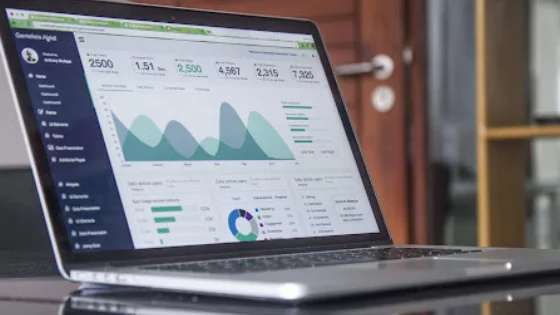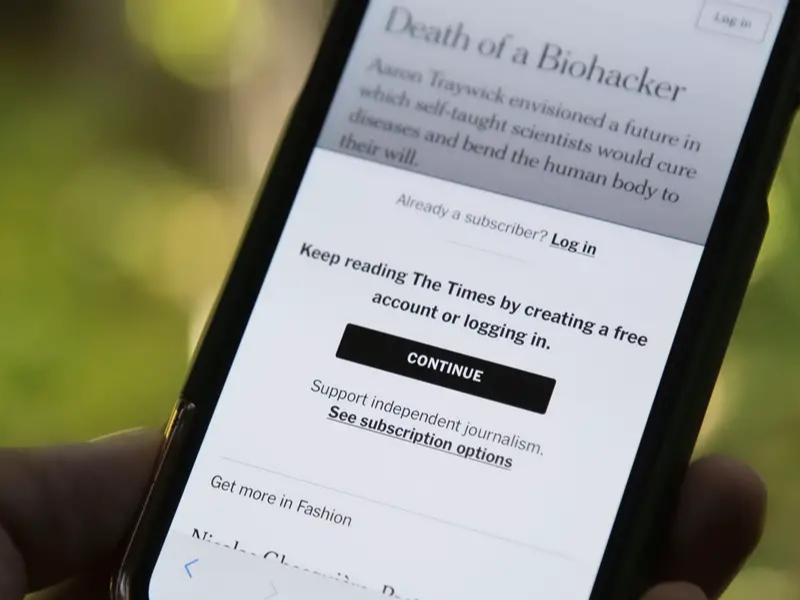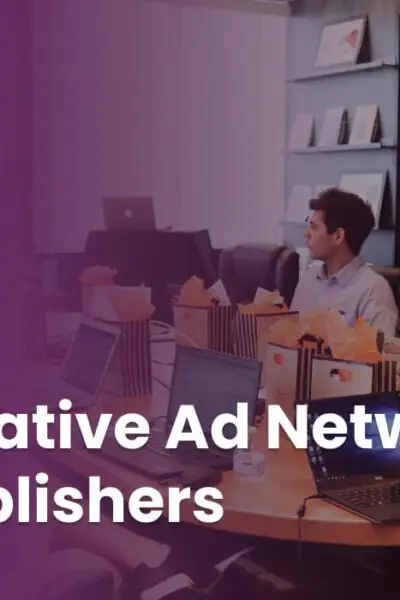The global proliferation of programmatic digital out of home (DOOH) advertising has meant media owners can integrate with an ever-growing number of supply-side platforms (SSPs).
Though this has helped drive the further adoption of programmatic buying within DOOH, this rapid growth has led to fragmentation and increasingly lengthy processes. The introduction of header bidding solutions has helped to address these challenges.
The unified auction framework, a mainstay of online programmatic, enables publishers to streamline and automate media trading while also driving yield. Despite these benefits and its proven track record in other formats such as video, with 55% of publishers having adopted header bidding by mid-2021, some still hesitate over adopting this solution.
Media owners often cite two reasons as barriers to entry. The first is that they feel they are not yet securing enough income from their programmatic partners. The second is that with their inventory not selling out, they feel a bidding process could further exacerbate this.
Both these responses boil down to media owners believing that it’s too early to adopt programmatic DOOH to truly take advantage of a header bidding solution. However, adopting this auction framework could actually help publishers gain greater yield on their inventory, no matter where they are on their programmatic DOOH journey.
Header Bidding’s Potential
Media owners are looking to integrate with as many SSPs as possible and, as the number of options available has expanded, these platforms have become harder to manage. Header bidding solutions aim not only to simplify working with multiple SSPs, but also aim to find the highest cost per mille (CPM) for any ad request.
DOOH media owners have previously managed this process via a waterfall auction method, where inventory is offered to one ad network at a time before it is moved on if the floor price isn’t met, or through their own mediation layers. Header bidding solutions are an advanced method of programmatic trading that harness a unified auction framework and consolidate SSP management for publishers in DOOH.
This allows inventory to be offered to multiple SSPs simultaneously instead of one at a time in a predetermined order. Publishers can then invite multiple demand sources to bid at the same time on available inventory.
Unlocking Publisher Revenue
For publishers, any unsold ad inventory is money lost. One of the main value propositions of header bidding is increasing yield through competitive auctions across multiple demand sources. Where this isn’t present, header bidding’s core function is to act as the primary ad server for all programmatic activity across multiple SSPs.
Through the unified auction framework, header bidding allows publishers to increase both yield and the efficiency at which they serve all programmatic campaigns across their inventory. Header bidding’s effectiveness at doing this has been proven, with some even seeing revenue increases of 70%.
As more publishers embrace header bidding in programmatic DOOH, competition for inventory will only grow, allowing DOOH media owners to increase their yields. It will also mean that publishers don’t have to build their own mediation layers, a timely and costly undertaking.
Gaining Control Over Demand
Competition for DOOH inventory is heating up. Spending on DOOH ads in the US alone is projected to reach $7.34 billion in 2023, up from a projected $7.18 billion in 2022. Meanwhile, 46% of US advertisers surveyed for VIOOH’s October 2022 report said they were likely to plan, place or buy programmatic DOOH in the next 12 months.
With an increase in demand, media owners need to be able to control more of their operations. Header bidding solutions can give publishers this level of control by allowing them to be more selective over which demand partners are included in auctions. Not only does it enable publishers to more efficiently manage their resources in the bidding process, but it also enables them to serve quality promotions to their users.
Improving user experience for buyers leads to more loyalty and better retention, ultimately leading to the value of inventory increasing.
Supply Chain Transparency
With the ever-constricting global economic landscape, publishers will need to continually improve their offerings if they want a slice of future ad budgets. Improving offerings means not only analyzing successes, but also failures.
One of the biggest strides in header bidding solutions in recent years is the addition of more transparent metrics within the unified dashboards that publishers are able to use to manage their inventory.
Previously, inventory management dashboards only displayed what campaigns won and what campaigns were placed. Publishers would be left in the dark about why they lost a bid, and could not identify if a higher revenue opportunity had been missed. They wouldn’t tell publishers about higher revenue opportunities they may have missed out on, nor why they lost a bid. More evolved header bidding solutions allow publishers to view a range of bid metrics via their header bidding dashboard.
Not only can they see which bids were successful, but the reason for an unsuccessful bid, whether it was a technical failure, because CPM was too low or because priority was shifted elsewhere. With this level of insight, media owners can better adjust their pricing to gain greater yield and prioritize platforms in order to increase volume.
There is no time too early for publishers to use header bidding for programmatic DOOH. Even if a publisher has only just started trading programmatically, these solutions’ yield management ability means revenue can be increased. Their ease of access also allows for less time integrating with separate SSPs and more time maximizing inventory potential.
The wider adoption of header bidding solutions will not just bring greater supply for publishers, but should increase transparency throughout the supply chain.
Disclaimer: The views, opinions and ideas expressed in this post belong to the author/s and do not necessarily reflect those held by State of Digital Publishing.










